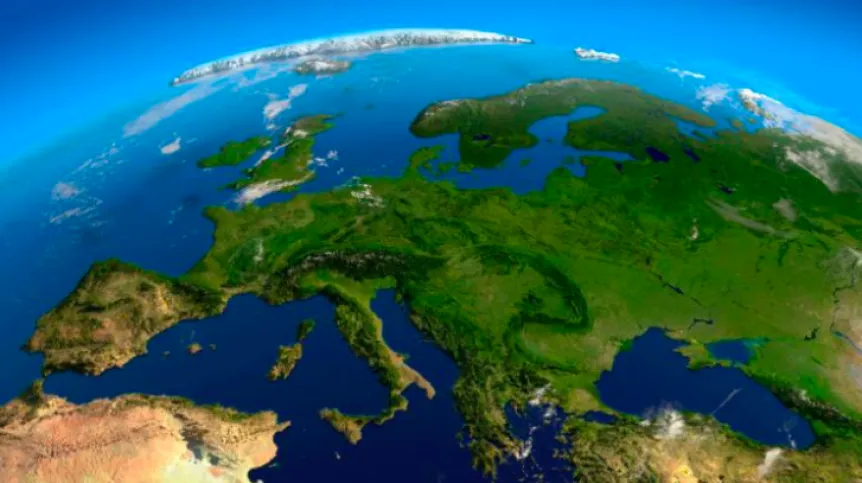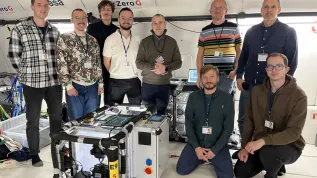
AGH and JU students have collected the necessary funds and are now finishing work on the KRAKsat satellite. They emphasize that their object will be the first in the world to use ferrofluid to stabilize its position relative to the Earth. The launch into space is planned for April 2019.
The satellite will be carried into space by the Antares rocket. The object built by Polish students will be on the Cygnus spacecraft, which will deliver supplies to astronauts in orbit, in the international space station. The ship, along with the rocket, will be launched from the U.S. by an American company commissioned by NASA.
Students want to test whether ferrofluid in a satellite can work as a flywheel in space.
Ferrofluid is a liquid with magnetic properties (attracted by a magnet). The fluid was invented in the 1960s by NASA scientists. It was intended to be used to attract fuel in a state of weightlessness. Ferrofluid is extensively studied all over the world; is widely used in science and art - it is used, for example, as a material for artistic installations.
The KRAKsat satellite was built in the workshop of the AGH University of Science and Technology in Kraków. The object is small, it weighs about one kilogram and looks like a 10 x 10 x 10 cm cube.
"The construction of the satellite is almost completed, we are making final adjustments. We still have to finish work on the programming system" - says project coordinator Jan Życzkowski, a student of automation and robotics at AGH.
The students have managed to collect the funds needed for the project - PLN 60,000. The funds were provided by AGH and sponsors.
After launch, the KRAKsat satellite, with ferrofluid inside, will measure temperature, magnetic field inductance and light intensity. During this time, it must withstand extreme conditions in the ionosphere, such as a large amplitude of temperatures (from -120 to 110 °C), low pressure, microgravity and ionised gases. After several months of continuous measurements and experiments, the satellite will lose speed and burn in the atmosphere.
In the absence of gravity in space, students will put ferrofluid in a magnetic field (in the satellite) into a whirling motion. If the experiment is successful, the liquid in the tank will change speed and cause the satellite`s rotation speed to change in the opposite direction.
The students hope that the results that their work will facilitate research in space. It can also reduce costs and increase the reliability of stabilization systems used in space (devices that allow to rotate satellites in any direction).
Życzkowski adds that KRAKsat will be the first satellite in the world to use ferrofluid to stabilize its position relative to the Earth. It will also be the first space satellite constructed in Kraków and the second Polish satellite built by students. According to the student, it is worth noting that the satellite is built exclusively by Poles.
15 students are involved in the KRAKsat project - 12 from the AGH University of Science and Technology and 3 from the Jagiellonian University. (PAP)
author: Beata Kołodziej
bko/ zan/ kap/
tr. RL













